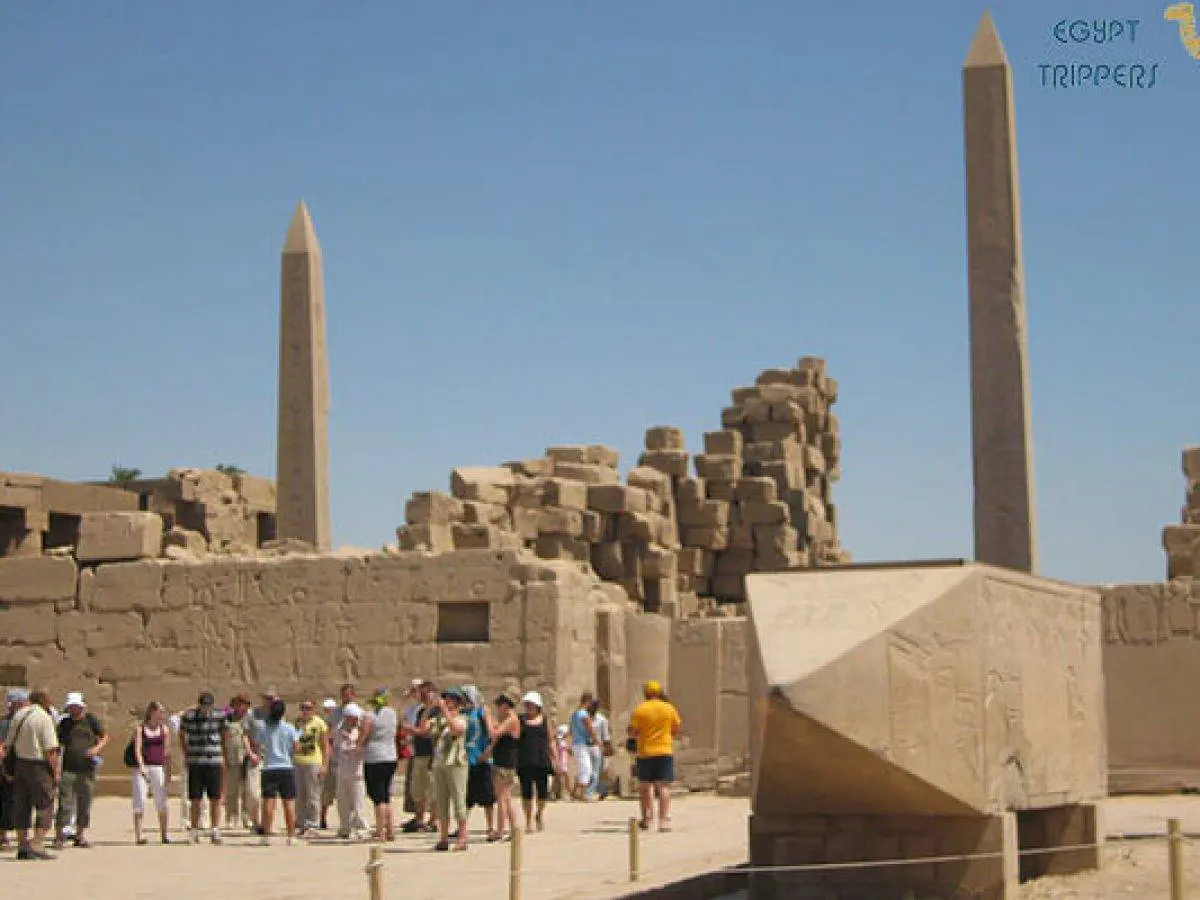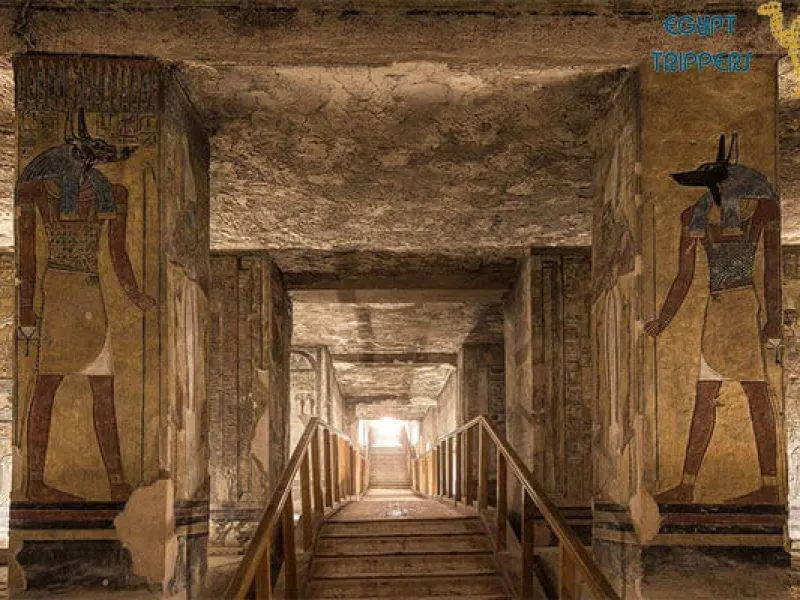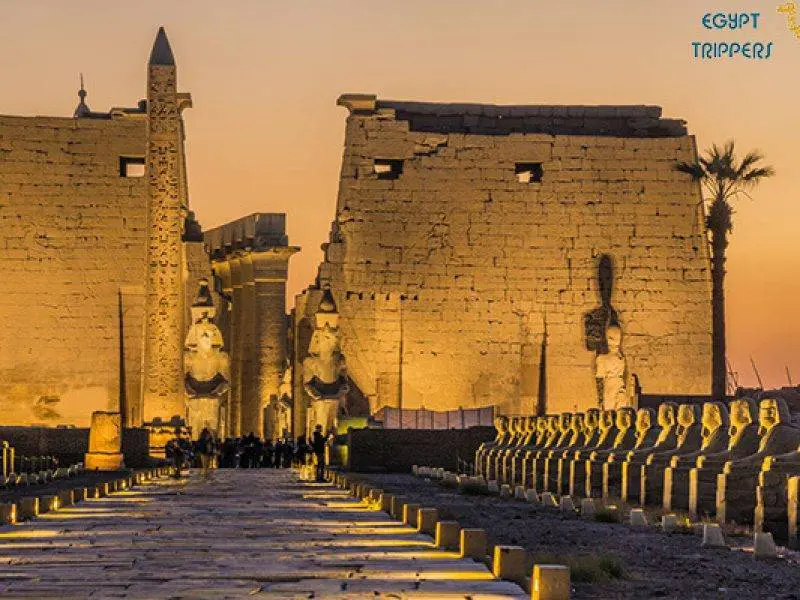Obelisk of Thutmoses I

The tallest obelisk in Egypt, the Obelisk of Thutmoses I, is one of the attractions you don’t want to miss on the Luxor tour. It sits with the historic ruins of Karnak, having been built by Thutmoses I, who was one of the great warrior-kings of Ancient Egypt as he extended his domains south into Nubia and north into Syria. The Obelisk of Thutmoses I stands at about 65ft tall and represents 320 tons of solid Aswan granite. It was first made as a twin but the other sadly fell to ruin and now lays on the ground next to its standing brother though its hieroglyphics are in excellent condition and it gives tourists an up-close and rare view of the top of the obelisk.
The Twin Obelisk of Thutmoses I and Hatshepsut
The tallest obelisk in the area was built by Hatshepsut and the story of their construction was inscribed at the bottom where it was claimed that it took less than seven months for Hatshepsut’s workers to cut and decorate the two giants in the quarries of Aswan, move them by boat to Karnak, and raised them side by side in the courtyard between the 4th and 5th Pylon at Karnak. In contrast, the Obelisk of Thutmose I is the smallest of the obelisk in the area though it is still vastly decorated with hieroglyphics which can easily be studied and scene.
Overwriting and Editing
Each face of the obelisk has three vertical lines of inscription though it originally only had one line of them. Tuthmosis I wrote about how he dedicated the monuments for his father, Amun-Re which shows what the obelisk was used for in his time but the original inscriptions were erased and adjusted by Ramesses IV who added his own inscriptions on either side of the original and then Ramesses VI had his own name placed over the one of his predecessor.
The entire area is part of a larger complex known as the Precint of Amen-Re and there were various other sights to view as well such as the Sacred Lake, the Hypostyle Hall which is known to be one of the largest halls holding the largest amount of pillars in the world; the Temple of Ramesses III and various shrines and temples dedicated to several Egyptian gods. There is also an open-air museum in the area which depicts artifacts and items in a more pristine condition for tourists to view.
A Rare Up-Close View
Due to the fact that many obelisks of this nature have either been deteriorated with time with only the base left, the fact that the obelisks in this area not only have their hieroglyphics in great condition but the ones which have fallen are not broken provides the tourists with a rare experience of seeing the architecture up close, especially the top.
The large obelisks show just how grand ancient Egyptian architecture was without the use of modern-day items like cranes and the planning done by the various pharaohs shows how one building or monument can then be linked to another to provide a truly magnificent view as they are brought together.




Leave a Reply